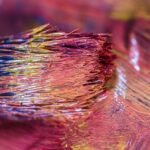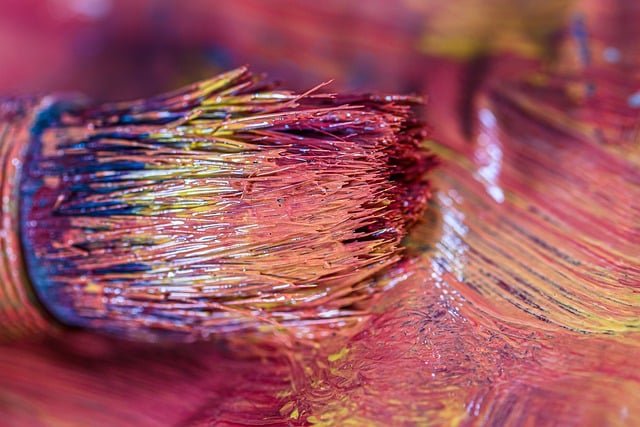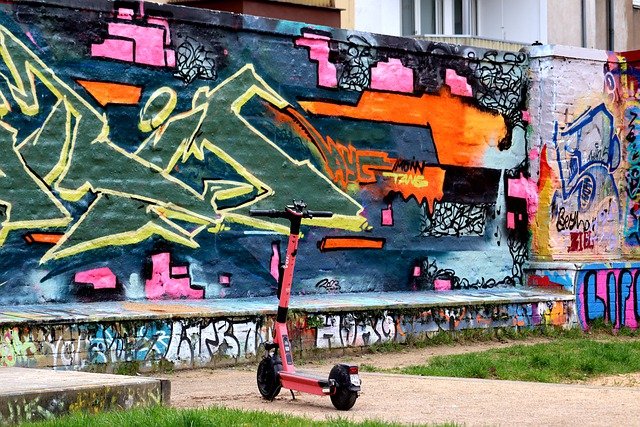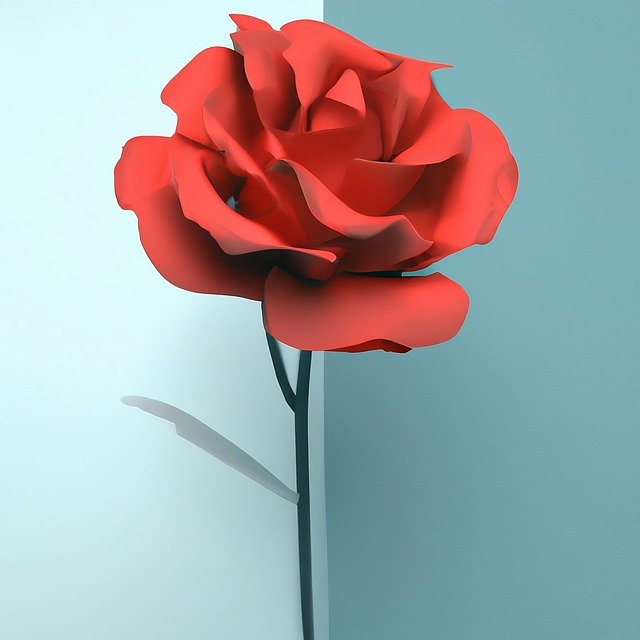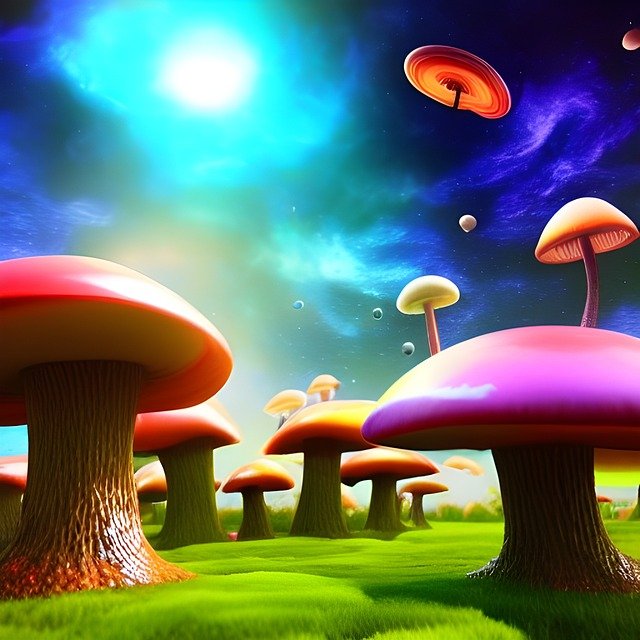Section 1: Introduction to AI Art
Artificial Intelligence (AI) has been making waves in various industries, from healthcare to finance, with its ability to analyze data, automate processes, and make predictions. However, one of the most intriguing applications of AI is in the world of art. In recent years, we have seen the emergence of AI art, where machines are trained to create original and unique pieces of art. This fusion of technology and creativity has opened up a new realm of possibilities for artists and has sparked debates about the definition of art and the role of machines in the creative process. In this article, we will delve into the world of AI art, its evolution, and its impact on the art world.
Section 2: The Evolution of AI Art
The concept of AI art dates back to the 1950s, with the first known computer-generated artwork created by mathematician and computer scientist Ben Laposky. However, it was not until the 1990s that AI art gained recognition, with the emergence of a technique called “neural style transfer.” This technique uses deep learning algorithms to analyze and replicate the style of one image onto another. This led to the creation of iconic pieces of AI art, such as “DeepDream” by Google and “The Next Rembrandt” by Microsoft, which mimicked the style of the famous Dutch painter. These early examples of AI art were still heavily reliant on human input, with the machine acting as a tool rather than a creator.
In recent years, AI art has evolved significantly, thanks to advancements in machine learning and generative adversarial networks (GANs). GANs are a type of AI that can generate new content by learning from a large dataset. This has enabled machines to create original and unique pieces of art without any human intervention. One notable example is “Portrait of Edmond de Belamy,” created by the Paris-based art collective Obvious. The piece was sold at auction for a whopping $432,500, sparking a debate about the value of AI-generated art.
Section 3: The Impact of AI Art on the Art World
The emergence of AI art has raised questions about the role of machines in the creative process and the definition of art itself. Some argue that AI art is not “real” art, as it lacks the human touch and emotion that is often associated with traditional art. However, others believe that AI art is a new form of creativity, pushing the boundaries of what is possible and challenging our perceptions of art.
One of the most significant impacts of AI art is its ability to democratize the art world. Traditional art forms, such as painting and sculpture, require expensive materials and years of training, making it inaccessible to many. With AI art, anyone with a computer and the right software can create their own pieces, breaking down the barriers to entry in the art world. This has also led to a rise in the number of artists experimenting with AI, resulting in a diverse range of styles and techniques.
Moreover, AI art has the potential to revolutionize the art market. With machines creating original pieces, the question of authenticity and ownership arises. This has led to the development of blockchain technology, which can verify the authenticity of art pieces and ensure that artists receive proper credit and compensation for their work. Additionally, AI art has also opened up new avenues for artists to monetize their creations, such as selling digital versions of their work as non-fungible tokens (NFTs).
Section 4: The Future of AI Art
The possibilities of AI art are endless, and its potential for growth and innovation is immense. As technology continues to advance, we can expect to see even more sophisticated and complex pieces of AI art. Some experts predict that AI art will eventually surpass human capabilities, leading to a shift in the way we perceive and appreciate art.
However, there are also concerns about the ethical implications of AI art. As machines become more autonomous and creative, questions arise about ownership, authorship, and the potential for AI to replace human artists. It is crucial for the art world and society as a whole to have conversations about these issues and establish ethical guidelines for the use of AI in art.
In conclusion, the emergence of AI art has expanded the possibilities of creativity and challenged our perceptions of art. It has also opened up new opportunities for artists and has the potential to democratize the art world. As AI technology continues to evolve, we can expect to see even more groundbreaking and thought-provoking pieces of AI art. However, it is crucial to address the ethical concerns surrounding AI art and ensure that it is used responsibly and ethically. With the fusion of technology and creativity, the future of AI art is undoubtedly an exciting and ever-evolving one.





